The VAR Review: Why Brighton's penalty vs. Arsenal stood; explaining De Ligt's handball
Written by I Dig Sports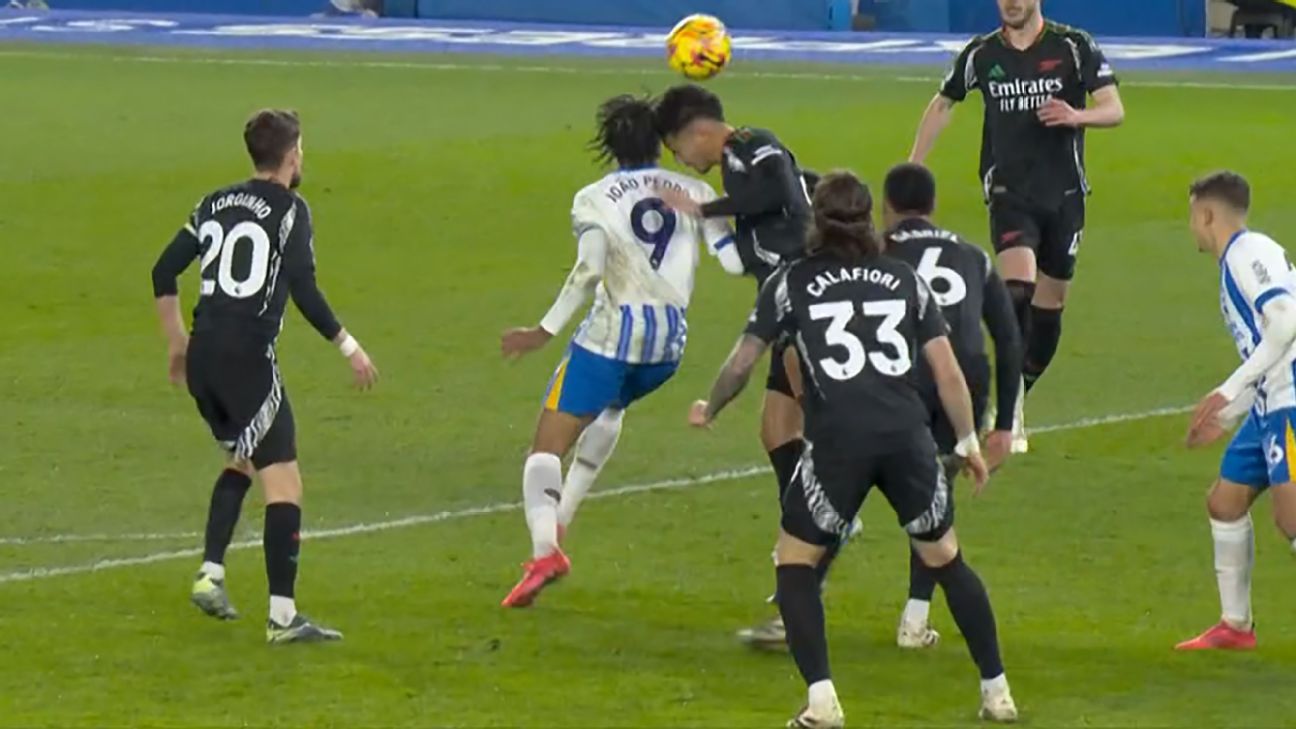
Video Assistant Referee causes controversy every week in the Premier League, but how are decisions made, and are they correct?
After each weekend we take a look at the major incidents, to examine and explain the process both in terms of VAR protocol and the Laws of the Game.
In this week's VAR Review: Should Brighton & Hove Albion's penalty have stood against Arsenal? Should Newcastle United's first goal at Tottenham Hotspur have been disallowed for handball? And why did Matthijs de Ligt concede a penalty?
Brighton 1-1 Arsenal
Possible penalty overturn: Foul by Saliba on Pedro
What happened: João Pedro picked up a loose ball inside the penalty area in the 59th minute of the game. The Brighton player's first touch lifted the ball, which rolled up his chest and he nodded it forward. William Saliba accidentally headed the attacker in trying to make a challenge. After a brief pause, referee Anthony Taylor pointed for a penalty. It was checked by the VAR, Darren England. (watch here)
VAR decision: Penalty stands, scored by Pedro.
PENALTY TO BRIGHTON. Joao Pedro levels it from the spot after William Saliba's foul in the box!
NBC & Peacock | #BHAARS pic.twitter.com/2UOfBdSOqa
NBC Sports Soccer (@NBCSportsSoccer) January 4, 2025
VAR review: Much of the discourse centered around a lack of examples of penalties awarded in similar situations, yet there are key factors which mean it's not so straightforward.
It wasn't an aerial ball where two jumping players had the legitimate right to challenge and a clash of heads was an unfortunate result. Arsenal fans have questioned a decision from last season, when Nottingham Forest's Joe Worrall appeared to head into Kai Havertz at the near post on a corner. No penalty was awarded, but that was an example of two players challenging for a delivery with a genuine clash of heads.
Pedro having taken possession of the ball was important. Granted, Pedro's first touch was poor, meaning the ball ended up at head height. Saliba had the right to challenge, but he was late after the play by Pedro and made clear contact with the opponent's head. The ball did brush Saliba's head; this was a result of Pedro's play -- indeed, such a small brush of the ball is unlikely to be considered a factor especially when it has come after a controlled play by the opponent.
The alternative argument says that a defender doesn't usually get penalised when sliding in to make a challenge, blocking a pass or shot and then colliding with the other player. But upper-body contact does get viewed differently to lower body.
Earlier on Saturday, Newcastle United's Anthony Gordon wasn't awarded a penalty after a collision with Dejan Kulusevski, which resulted with the Tottenham Hotspur player's shoulder connecting with his head (watch here). That has been judged as a coming together, rather than a foul from a challenge being made, but you feel that wouldn't have been overturned either had the referee given a spot kick. Earlier this season, Liverpool defender Virgil van Dijk connected with Gordon in similar fashion, and the Premier League's Key Match Incidents (KMI) Panel said the VAR was correct not to get involved and advise a penalty -- you'd imagine the same will apply here.
Verdict: There's very little comment within refereeing circles that this was the incorrect outcome, so it's not surprising that the VAR check was swift. Once awarded, and with Pedro having played the ball, there was no chance of it being overturned.
Arsenal fans will no doubt feel aggrieved that they have been on the wrong end of another "unique" situation, like the second yellows for delaying the restart for Declan Rice and Leandro Trossard this season, or the quick double yellow for Gabriel Martinelli in February 2022.
Possible penalty: Challenge by O'Riley on Gabriel
What happened: Arsenal won a corner in the 40th minute. As Rice prepared to deliver, Matt O'Riley was tussling with Gabriel Magalhães and the Arsenal player went to the ground. Gabriel Jesus headed over from Rice's corner, but was there a case for a penalty? (watch here)
VAR decision: No penalty.
VAR review: A very simple one to look at -- because the ball wasn't in play when the possible foul on Gabriel took place. Therefore, a penalty isn't possible and the VAR has no role.
Verdict: It would have been one for the VAR to look at had the ball been in play, as O'Riley does make lower-body contact as the two players tussle for the ball. That said, it's unlikely to have been seen as a clear and obvious error for VAR to intervene.
Liverpool 2-2 Man United
Possible penalty: Handball by De Ligt
What happened: A ball was delivered into the Manchester United area in the 67th minute. Alexis Mac Allister attempted to flick a header toward goal, and the ball hit Matthijs de Ligt. Liverpool's players strongly appealed for a penalty for handball, but referee Michael Oliver waved play on. The next time the ball went of play the VAR, Chris Kavanagh, told the referee to go to the pitchside monitor to review a possible spot kick. (watch here)
VAR decision: Penalty, scored by Mohamed Salah.
VAR review: There'd only been two VAR penalties for handball in the Premier League this season, and both involved the arm being way out from the body or above the head (Matty Cash, Tyler Adams).
Proximity could be a factor, but the VAR will still ask if there's any justifiable reason for the defender to have his arm up, and De Ligt was in a standing position and not stretching for a block.
United fans pointed to a penalty they didn't get against Spurs last season when Cristian Romero stopped a shot with his arm. Proximity was cited as a factor in that case, but just as important was that Romero was maneuvering his body to make a block, meaning his arms will naturally come up.
De Ligt was on a yellow card, but the law was changed last summer and a player should now be booked only in this situation if it's a deliberate handball.
Verdict: Comparing De Ligt and Romero was valid, but Sunday's incident is a stonewall penalty and should always lead to a VAR intervention.
Fulham 2-2 Ipswich
Possible red card: DOGSO by Davis on Wilson
What happened: Harry Wilson looked to be through on goal in the 27th minute when he was brought down by Leif Davis. Referee Darren Bond produced the yellow card, but was there a case for a red for denying an obvious goal-scoring opportunity (DOGSO)?
VAR decision: No red card.
VAR review: Last month, Wilson was involved in a DOGSO situation at Liverpool which resulted in Andrew Robertson being sent off -- you could say this was a clearer goal-scoring opportunity, yet it resulted only in a yellow card.
As usual, much rests with the on-field decision and while comparisons will be made with the situation at Anfield, there's another from earlier in the season which is more suitable.
In November, Ian Maatsen was cautioned after bringing down Ismaïla Sarr, with the VAR (Alex Chilowicz) supporting that outcome. However, the KMI panel voted 3-2 that it should have been upgraded to a red through review.
Verdict: Both Wilson and Sarr are ahead of the defender, around 10 yards outside the area with open space in front of them. The only real difference is that Wilson's touch takes the ball slightly to the left, which gives Dara O'Shea the possibility of covering. The VAR, Paul Tierney, decided a yellow was acceptable -- but if a red card had been shown there wouldn't have been an intervention either.
In the Villa case, Chilowicz also indicated there was a chance the defender would have got across, but the KMI panel said that "Sarr is in control, touches the ball towards the goal and would have had an obvious opportunity to have a shot on goal."
It's a borderline call, but O'Shea is just about close enough and the run of the ball makes no intervention the right call.
Possible penalty: Challenge by Morsy on Wilson
What happened: Wilson broke into the area in the 65th minute and went to ground under a challenge from Sam Morsy. Referee Bond waved away the penalty appeals.
VAR decision: Penalty, scored by Raúl Jiménez.
VAR review: This is exactly what VAR was brought in for, to correct a very clear error where the referee may have been unsighted.
Emile Smith Rowe ran across the referee's sight line at the point Morsy makes the foul contact on Wilson, and it's entirely possible he couldn't see it and thought the Fulham player had clipped his own heels. And that's where the VAR comes in.
The reaction of Wilson was completely unacceptable, gesturing with his arms and appearing to call the referee a "cheat." That he escaped without even a booking is remarkable, and the nature of complaints could and maybe should have resulted in a red card. Indeed, Fulham were able to get into the position to win the penalty only because the referee had played a good advantage on a foul seconds earlier.
Verdict: An easy VAR intervention for Tierney, but Wilson's behaviour should have been sanctioned. Being unhappy with a referee's decision, even if it's wrong, doesn't excuse such abuse of officials.
Possible penalty overturn: Foul by Castagne on Delap
What happened: Just seconds later Ipswich Town were awarded a penalty for Timothy Castagne's challenge on Liam Delap. This time the referee immediately pointed to the spot.
VAR decision: Penalty stands.
VAR review: It's a soft penalty, but when it has been given on field and there's clear low-body contact from a kicking motion there's no realistic prospect of an overturn.
Verdict: You can argue that allowing penalties to stand when a player has made the most of a challenge only encourages such theatrics -- especially as Delap also won a penalty in dubious circumstances against Chelsea last week.
It's highly unlikely this would have been a spot kick had Bond not awarded it himself, and that will always be the inconsistency with this system of VAR.
Tottenham 1-2 Newcastle
Possible handball: Joelinton before Gordon goal
What happened: Newcastle equalised in the sixth minute when Anthony Gordon scored, but was there a case for handball in the buildup against Joelinton?
VAR decision: Goal stands.
VAR review: Lucas Bergvall had attempted to play the ball past Joelinton, but it hit the Newcastle attacker's arm and dropped kindly for Bruno Guimarães to provide the assist for Gordon.
When the law was first changed, any accidental handball by an attacker in the phase leading to a goal was deemed an automatic offence. It meant goals were being ruled out for innocuous situations in the buildup.
The law was then tweaked to say only the goal scorer or the player creating the goal could be punished. Even that proved to be too harsh, and after one season it changed to what we have now -- only the goal scorer can be penalised for accidental attacking handball before a goal.
Verdict: Joelinton had his arm in an expected position for his movement, close to his side, and he didn't move it toward the ball. While you might see a referee give a handball in this kind of situation, on video review there's no reason in law to disallow the goal. That Newcastle effectively gained an advantage, with Guimarães getting possession in a dangerous position, isn't a consideration.
Southampton 0-5 Brentford
Possible foul: Wissa challenge on Bednarek before Van den Berg goal
What happened: Sepp van den Berg headed Brentford into a two-goal lead in the 53rd minute on a corner. But as the players celebrated, the VAR, Craig Pawson, was looking at a potential foul.
VAR decision: Goal disallowed.
VAR review: Holding alone doesn't determine a VAR intervention, it must also be judged that Bednarek would have a genuine chance of challenging for the ball, and potentially stopping Van den Berg from scoring.
It's a fair argument that Jan Bednarek may have been able to get to Van den Berg, but it's controversial because the central defender threw himself to the ground and that did not seem commensurate with the level of holding by Yoane Wissa.
What really cost Wissa was having both arms around the waist of Bednarek, which is a non-footballing action, and on balance that will have persuaded the VAR to intervene.
Verdict: It's perhaps a harsh VAR intervention, especially because there's plenty of examples of holding on set pieces which appears to be more impactful that haven't led to a VAR intervention. The KMI panel will no doubt say this was a correct intervention, but giving the goal feels an outcome more in keeping with other such calls.
It's the first goal to be ruled out through VAR for holding by an attacker this season.
Crystal Palace 1-1 Chelsea
Possible penalty: Challenge by Mitchell on Neto
What happened: Pedro Neto appealed for a penalty in the 62nd minute following a challenge by Tyrick Mitchell. Referee Tim Robinson signalled for play to continue and it was checked by the VAR, Paul Tierney.
VAR decision: No penalty.
VAR review: This is a close call, and looking at replays from various angles gives different perspectives on whether or not Mitchell touched the ball or simply fouled Neto.
From the front camera angle, it looks like Mitchell didn't get to the ball; from the reverse, it seems he may have.
Verdict: There's no clear, definitive evidence from the replays that Neto alone got to the ball, and was fouled by Mitchell. The Crystal Palace player makes contact with the opponent in the process of sliding in to touch the ball, but it's impossible to say there was a clear and obvious error and a spot kick was missed. The VAR shouldn't intervene in such cases.
Bournemouth 1-0 Everton
Possible penalty: Mangala challenge on Ouattara
What happened: AFC Bournemouth won a corner in the 23rd minute. James Tarkowski made a poor clearance, and as Dango Ouattara moved to collect the loose ball he was kicked by Orel Mangala. Referee John Brooks signalled for play to continue and it was checked by the VAR, Matt Donohue.
VAR decision: No penalty.
VAR review: The VAR decided that Ouattara had gone into the space owned by Mangala, but the Bournemouth player got to the ball first and was prevented from continuing in possession by a kick from the Everton player.
Verdict: This may well go down as a missed VAR intervention, as Mangala should have been aware of an opponent around him and had a responsibility for the way he tried to play the ball. The Everton player kicks the Bournemouth attacker and it should have been a penalty.
Some factual parts of this article include information provided by the Premier League and PGMOL.


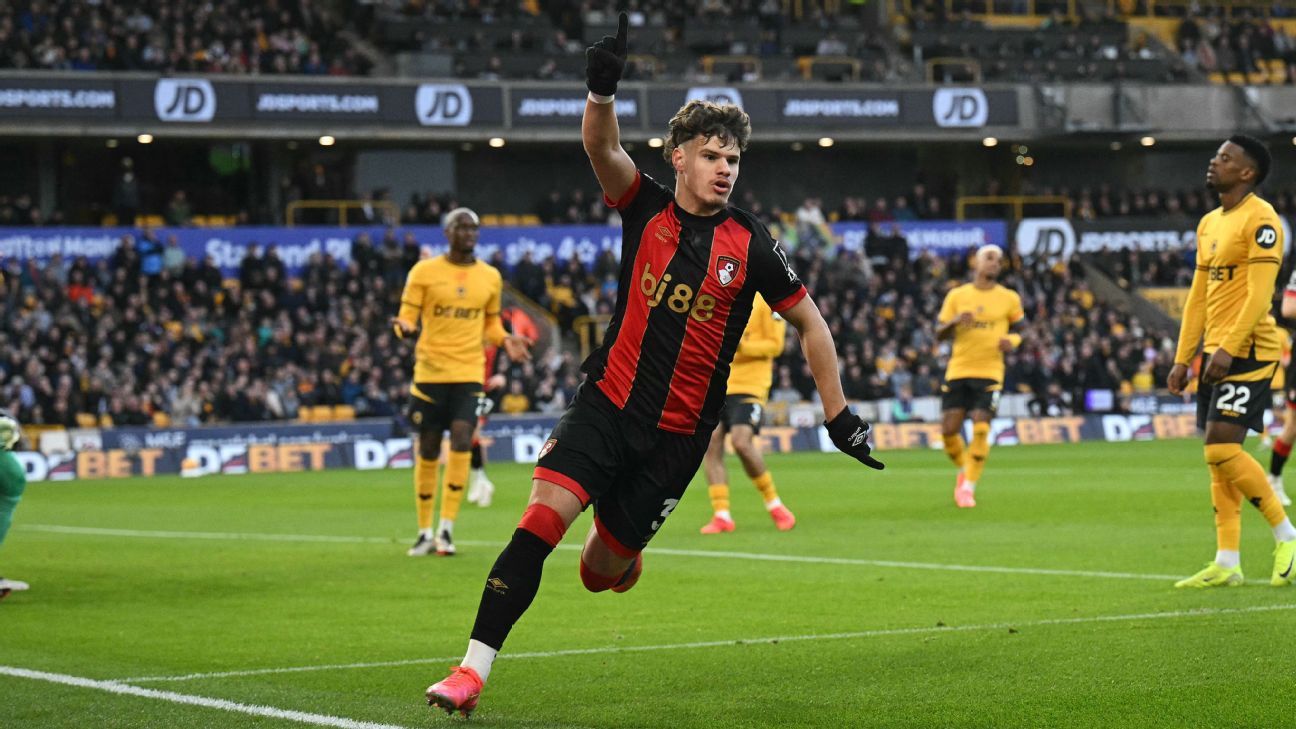

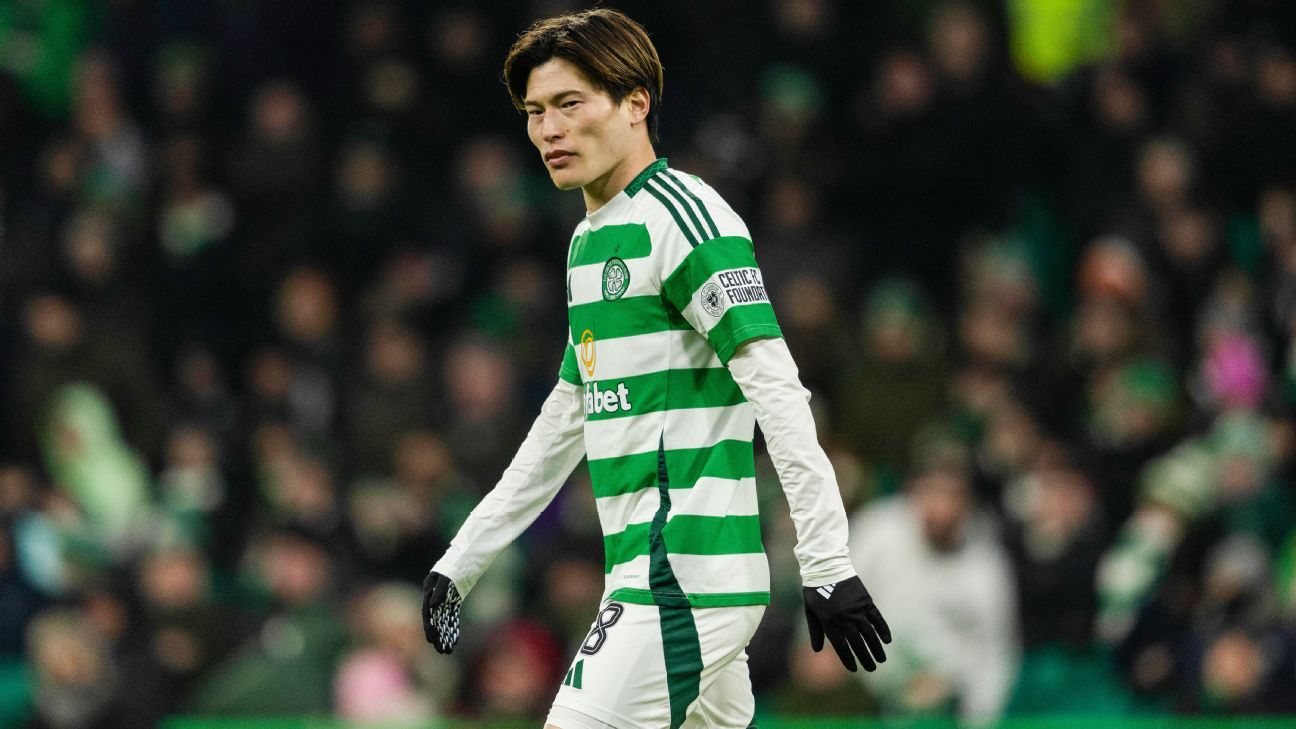





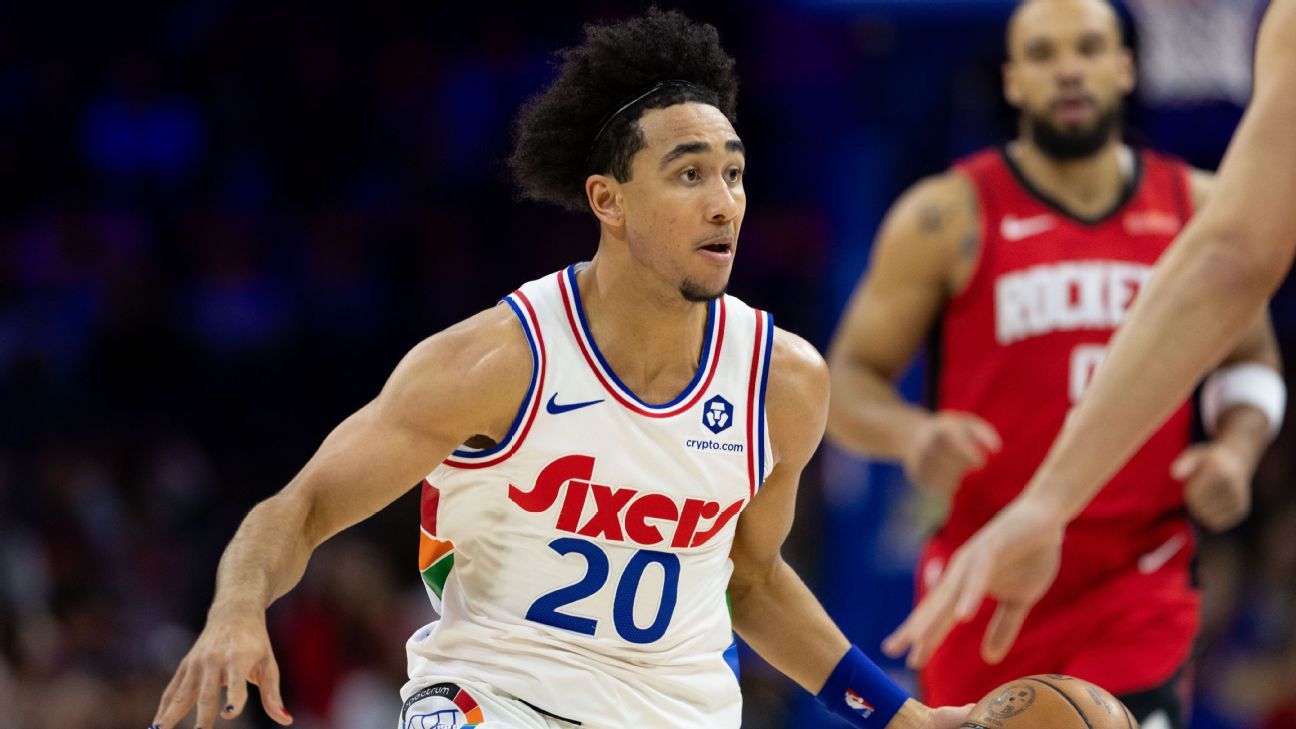

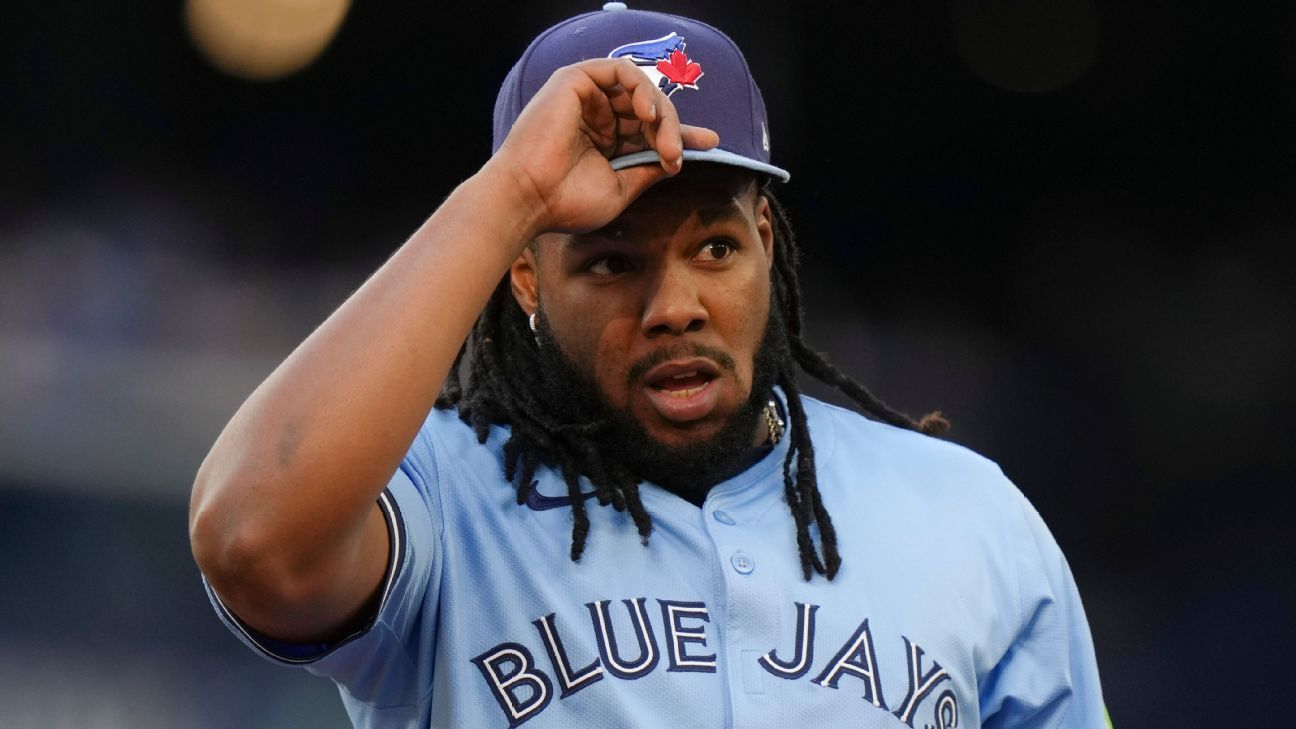
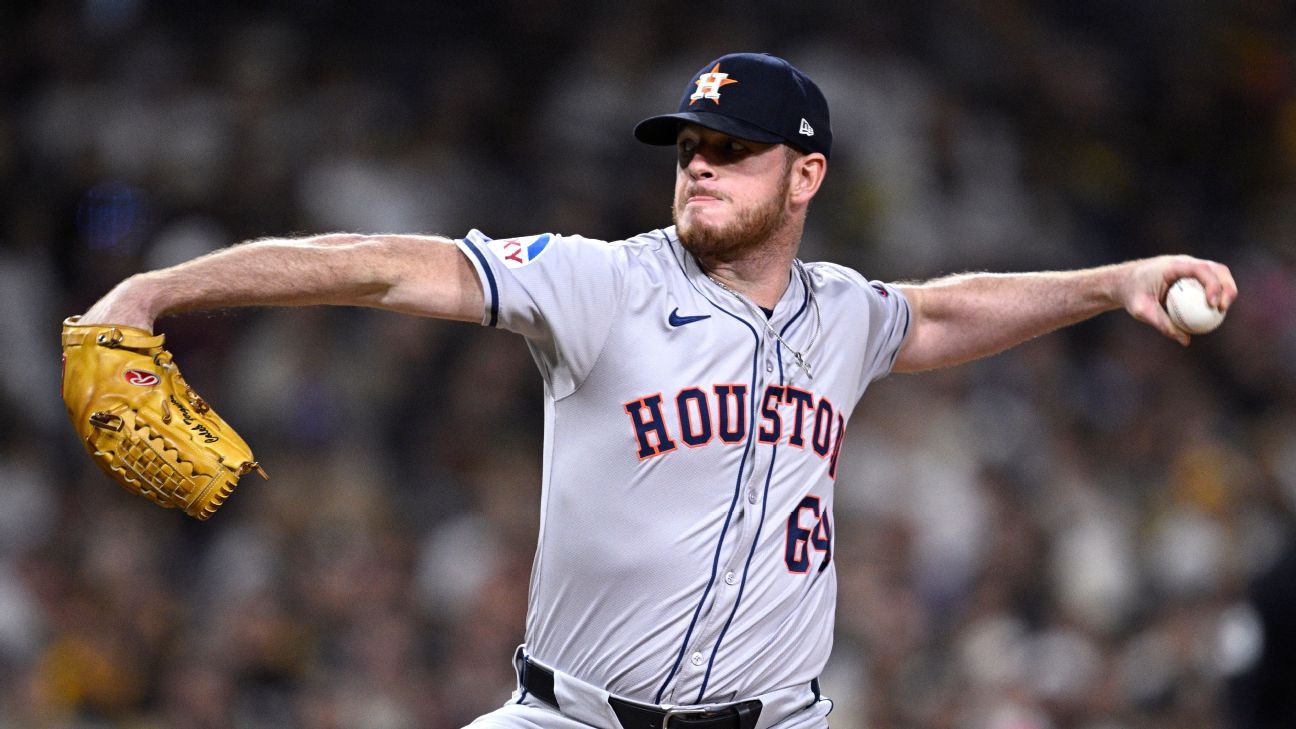

 Phone: (800) 737. 6040
Phone: (800) 737. 6040 Fax: (800) 825 5558
Fax: (800) 825 5558 Website:
Website:  Email:
Email: 






